Different breeds of cats have different types of coats. A feline’s fur plays an essential role in her body and health. Their coat serves as an insulating layer between the external environment and their skin. It helps protect the cat's body from the change in temperature, acts as a barrier to exterior injuries, and helps hide from prey and predators. What should a healthy cat coat look like? Learn the most important signs!
Kinds of Cat Fur
A cat has an average of 60000 hairs per square inch on the back and 120000 hairs on the underside. There are four kinds of cat hair:
- Guard Hair. It is the outermost and the longest layer of fur. It protects the cat from the cold and keeps water from drenching the fur right away.
- Down Hair. It is the thick undercoat of a cat and is shorter and softer. It provides warmth and blocks the cat's body from extreme weather.
- Awn Hair. It is the secondary hair between the guard and down hair. It is where your kitty’s coloring and pattern are displayed. Awn hair helps protect its undercoat and insulate the cat.
- Vibrissae or Whiskers. Whiskers are the long, thick, tactile hairs that grow from a cat’s muzzle, above the eyes, on the cheeks, and on the outer sides of the lower legs. Whiskers help cats gauge openings, find their way in the dark, and may help them sense the scent.
These layers offer protection and have important functions for your cat. They play an essential part in your cat’s integumentary system. No matter what breed your cat is and what type of hair coat your kitty has, the condition of their fur and skin is a good indicator of their health. Learn how to know if your kitty has a healthy coat and what can influence your cat’s fur condition.
How to know if your kitty has a healthy coat?
“A healthy coat should be shiny and smooth, not coarse or brittle, and healthy skin should be supple and clear, not greasy, flaky, or bumpy.” Tammy Hunter, DVM wrote in the article from VCA Hospital. What other healthy cat coat signs can you highlight?
How your cat sheds is another indicator. Cats shed every day. Normally, they go through large-scale shedding twice a year in the spring and autumn (not all cats shed like this). It is a normal process that cats shed, but if you find your cat shed excessively, you might need to pay more attention to some potential issues. For example, allergies, parasites, stress, skin irritation, and ringworm can cause extra hair loss.
It is recommended that you observe the conditions of your cat’s coat regularly. You can make notes or take photos about the quality, appearance, symptoms of her coat, and skin conditions.
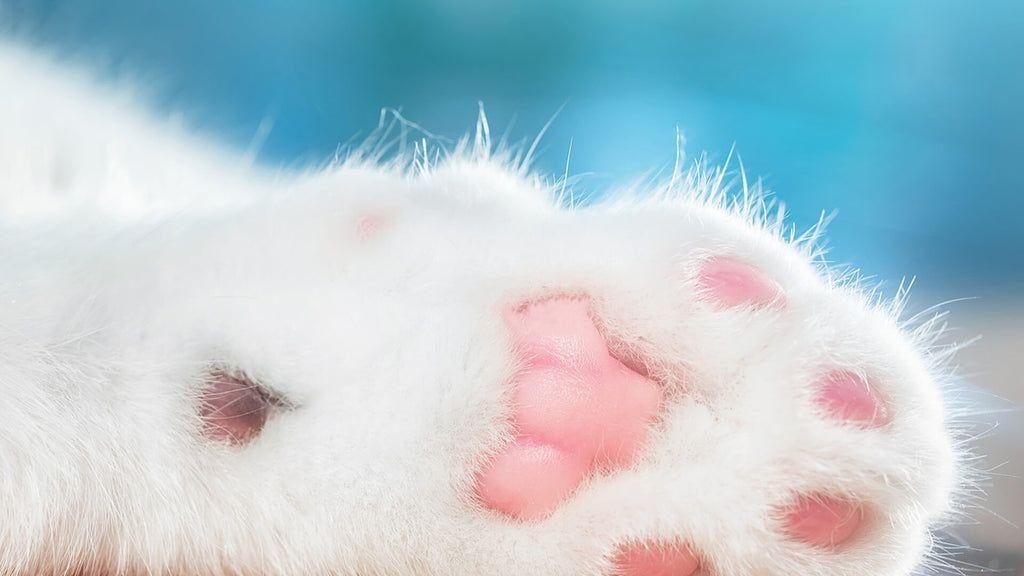
What can influence your cat’s fur condition?
While health and nutrition can affect the texture and shine of the cat fur from the inside, regular grooming and skincare of the outer side can help keep the cat fur clean and free of tangles.
Diet and Nutrition
If a cat doesn’t have an adequate diet to meet her nutrition needs, she may have a dry, dull coat. A cat’s hair is almost fully composed of protein. You should look for foods that are rich in protein in order to keep their fur strong and sparkling. Foods that contain healthy fats, carbohydrates, a range of vitamins and minerals, calories are also important to bring poor fur back to life.
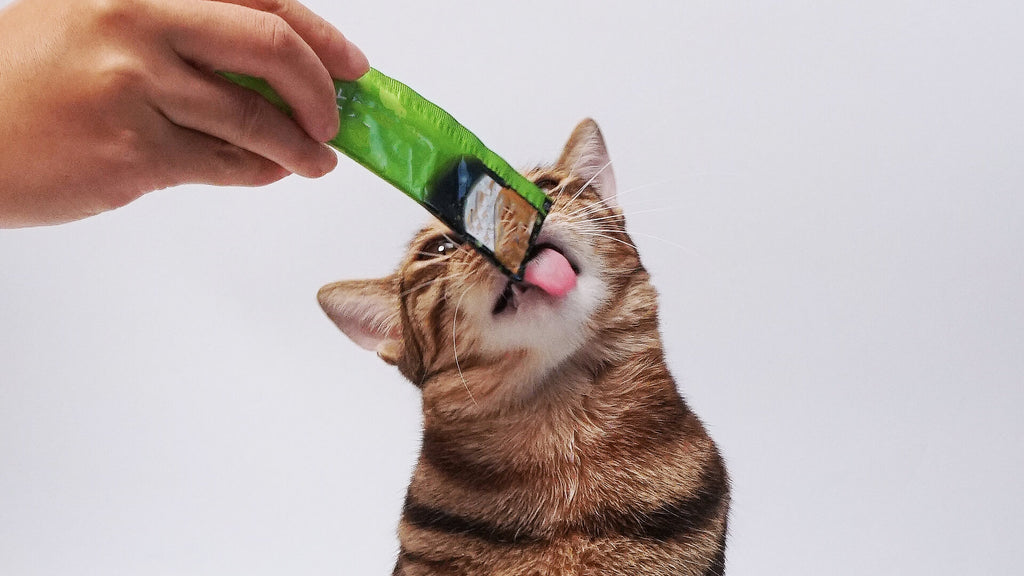
Medical Conditions and Stress
Illness and stress also influence the appearance of a healthy cat’s coat. A lot of cats will shed more when they are under stress. Some diseases such as metabolic problems, allergic skin, or kidney disease can all affect the condition of a cat’s coat.
Do you want your cat to have a healthy cat coat? Take care of the grooming!
Cats can always take care of their own fur by self-grooming. But regular brushing and grooming from the cat parents can also be very helpful to the health and appearance of their coat. Daily brushing can help remove loose hairs, dead skin cells, dirt, and grease. Brushing can also spread their natural oils throughout their fur and increase blood circulation. Cats with long hair require daily brushing to prevent tangles and mats while short-hair kitties may require less frequent brushing.
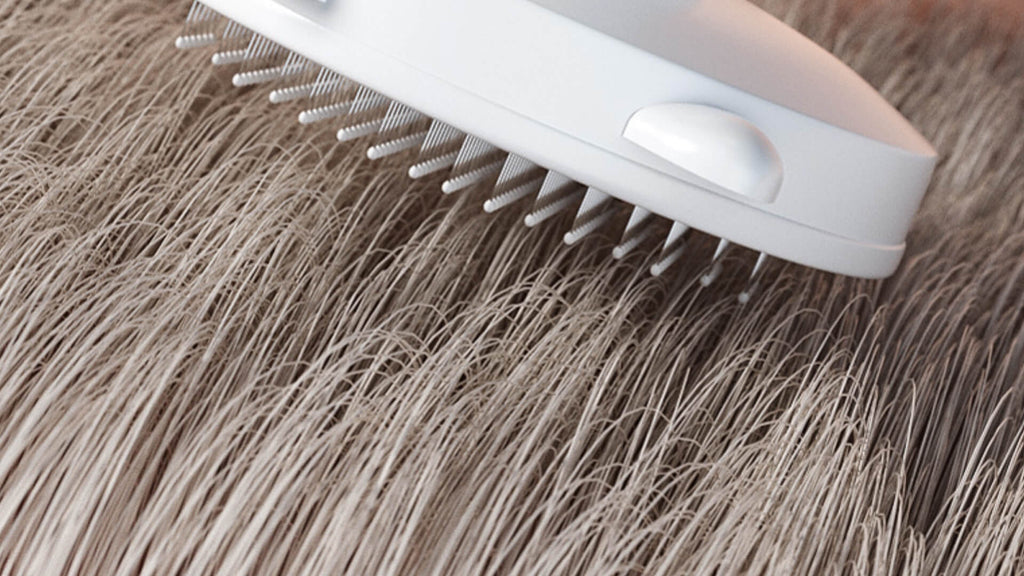
How often you should bathe your kitty will depend on her age, health condition, and lifestyle. For example, cats that can’t self-groom properly will need more cleaning. These might include overweight cats, felines with arthritis, and sick and depressed cats who do not have the required physical agility and strength for grooming.
“If you find that your cat requires frequent bathing, your veterinarian may recommend the use of a 'dry shampoo' or a special therapeutic shampoo and conditioning rinse so that your furry friend does not develop skin problems associated with the repeated baths.” Tammy Hunter wrote.
See the easy peasy dry-wash method and check out wipes for cats.
Please note that the information provided in this article is for educational and informational purposes only. We are not veterinarians, and the content shared here should not be considered professional veterinary advice.
If you have any questions regarding copyrights or the use of materials in this article, please contact us for clarification.





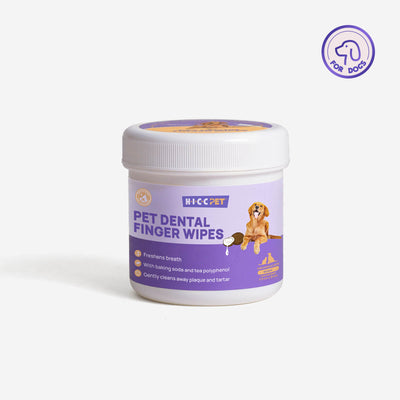

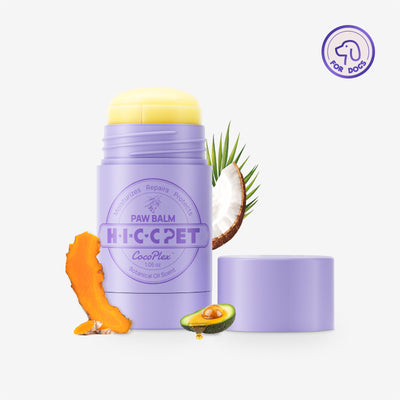
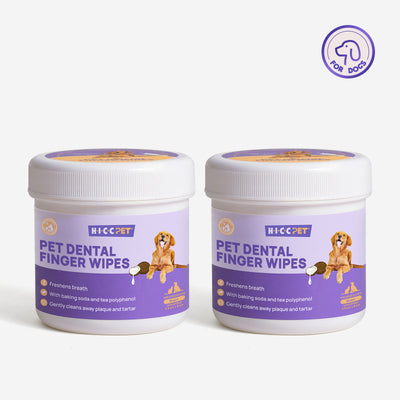
Thanks for your interaction and support.